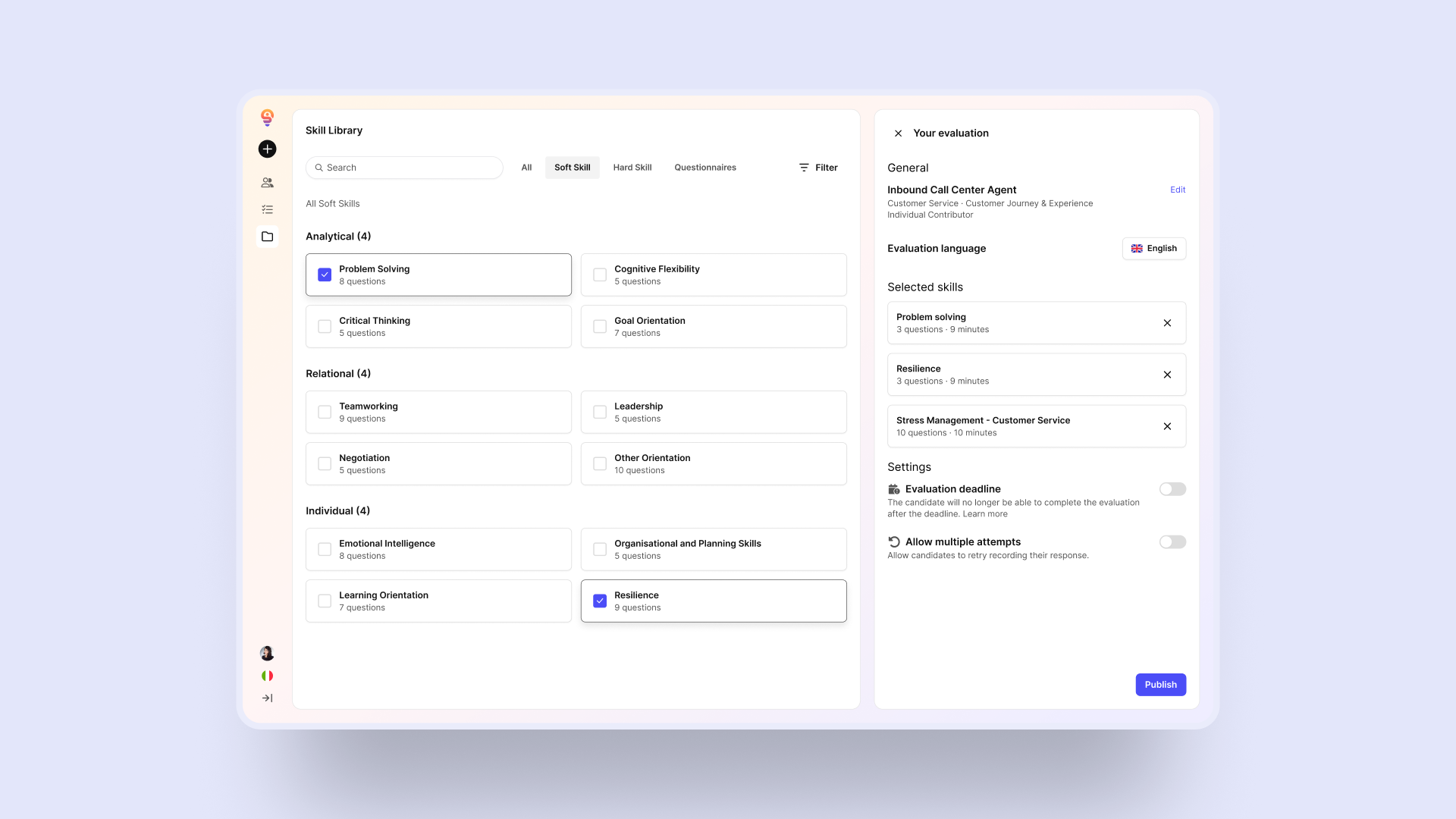Improving automation across your business: three ways to make it work
Automation can be a massive benefit for a wide range of businesses, and if you're not on board with automation, you're likely wasting resources to get the job done.
Exactly what type of automation you need will depend wholly on your work and the results you need. However, various aspects of any business can benefit from some level of automation, even if it's just scheduling social media posts. So you do need it to be online 24/7.
However, just because you're automating different aspects of your business doesn't mean they'll all work together cohesively. You might find you need to experiment with a few different processes and tech to get what you need and the right level of output and results.
When it comes to business process automation, these tops can assist you in improving your work and elevating standards across the board.
Define what you want to achieve
If your automation setup isn't quite working for you, it's highly likely you've not been as specific as you need to be regarding what exactly you want or need it to do.
Whether you need data collection or analysis, you need to automate finances and payments to reduce the need for human involvement and improve standards. You need to be explicit about what results you want and need from your automated processes, and then you can look at how to improve how it works for you to deliver these results.
Process mapping
Process mapping is a crucial step in automation. It involves identifying existing workflows and understanding each and every process and how it fits in. Comprehensive process mapping includes the use of flowcharts, swim lane diagrams, stream mapping, and more to help understand each point's bottleneck and results.
This is where you can identify inefficiencies to enable you to put the fixes in place and automate to achieve the desired results. Using tools like an io link master, a device that enables communication between different automation components, you can streamline automation within your business to remove any inefficiencies and make life easier should you need to make changes or adaptations to your existing setup.
Evaluate automation tools
Once you have the detailed information from the above tasks, you can then begin assessing if the automation tools you are currently using are fit for purpose. These tools could include project management software like Trello or Asana, customer relationship management (CRM) systems like Salesforce or HubSpot, or data analysis platforms like Tableau or Power BI.
Maybe they once were, but now they aren't, or maybe you're not fully utilizing all the features available or using them the right way. Take the time to determine the standards of what you're using and what the expected results should be compared to what you're getting, and assess if it's really suitable for you anymore or if something else might be a better fit for what you need.
Just because it worked at one time doesn't mean it's working well for you now, and removing anything that isn't helping or is making life harder is vital for the necessary changes for improved results.





















